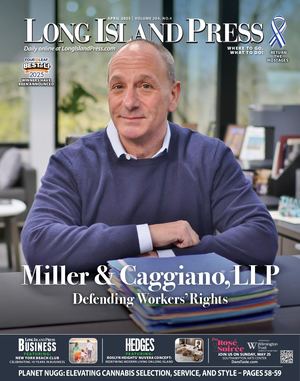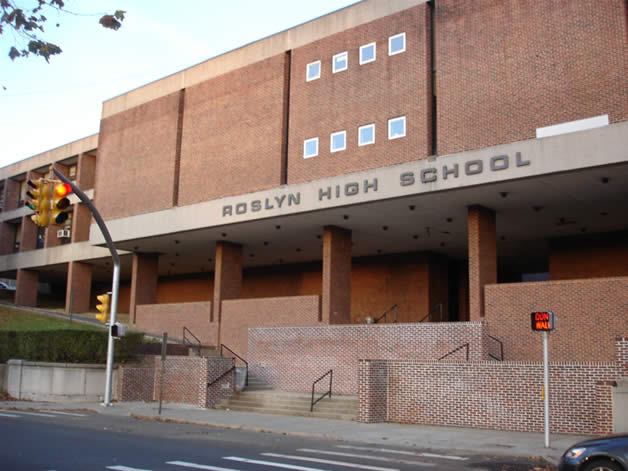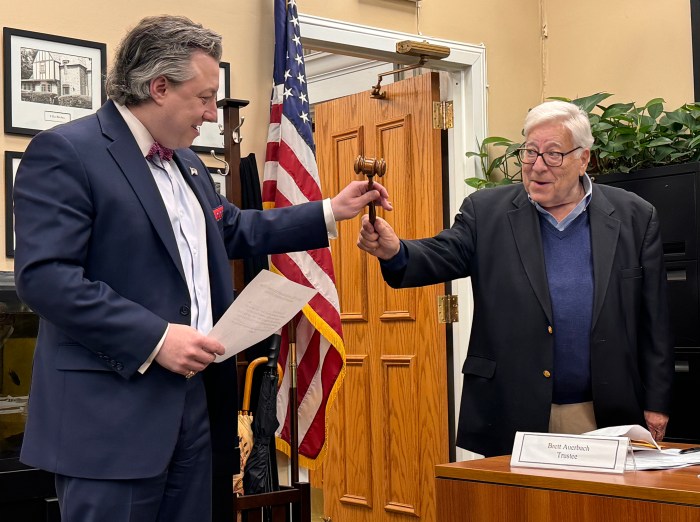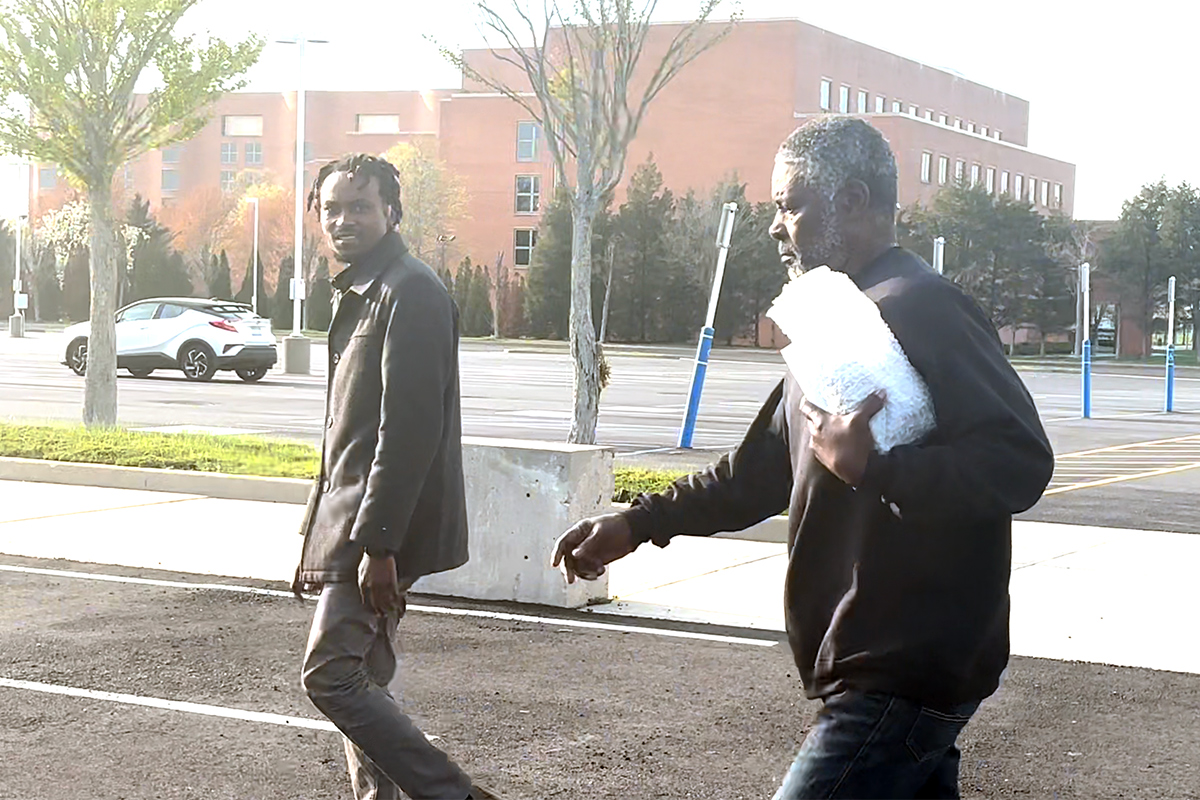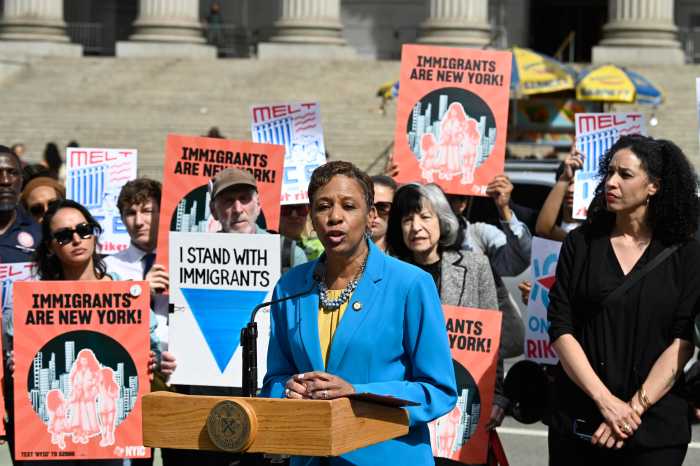
On Sept. 5, all federal pandemic unemployment aid ended, leaving thousands of Long Islanders who relied on the COVID-era benefits without a reliable source of income.
Residents will no longer receive an extra $300 payment on top of unemployment benefits, as well as extended benefits to workers who previously have never been eligible for the program.
The Pandemic Unemployment Assistance (PUA) program extended regular unemployment benefits to 900,415 New Yorkers as of Aug. 14, according to the U.S. Department of Labor. This program was offered to workers who are self-employed (such as Uber drivers,) partially employed or unable to work due to COVID-19.
An additional 667,775 New Yorkers benefited from two extensions of unemployment benefits, giving them up to 53 weeks of payments. Both parties have lost all pandemic-related benefits as of Sept. 5.
They join the nearly 8.9 million Americans who will also lose benefits. In Nassau County, the July unemployment rate was at 5.4 percent according to the New York State Department of Labor.
With the lack of income flow, it could prove worrisome for residents who relied on the extra cash on top of unemployment benefits.
“At $300 extra, that could easily be three-fourths of someone’s rent in a low-income community,” said Alison Puglia, chief programs officer at Island Harvest.
The food distribution non-profit has seen a major increase in the amount of families it serves and the amount of food being distributed in the last year during the pandemic.
In its 2019-20 fiscal year, Island Harvest distributed 13.2 million pounds of food across 8.2 million meals on Long Island. In fiscal year 2020-21, it distributed nearly 18.4 million pounds of food across 15.3 million meals.
During the pandemic, Puglia said that many people came to collect food for the first time due to a lack of income. For some, she said, the choice is between buying food and paying rent, electricity or basic necessities.
She said that in a two-income household, if at least one person’s income drops, “that’s a make or break of whether you can pay the bills.”
And with school starting up again, parents that have lost this income may have to choose between buying food and sending their children to school with supplies.
“All of those things are putting stressors on our families that are going to need to seek out food assistance,” Puglia said.
One group of those unemployed that could feel the effects are gig workers, such Uber drivers and freelancers. Under PUA, that population of workers were offered unemployment benefits, a first for the federal government.
“They are in real danger of their businesses closing,” said Nia Adams, community organizer at the Long Island Progressive Coalition, a grassroots activist group.
Adams pointed out that although benefits are ending, infection rates on Long Island are still rising. On Sept. 8 , Nassau County reported 313 new cases of the virus.
“The ramifications could be really devastating,” she said.
Mariano Torres, chair of the Department of Finance and Economics at Adelphi University, said the Treasury Department should be continue these benefits for workers.
“It’s crucial,” Torres said. “It’s been a lifeline for tens of thousands of residents.”
And while critics of unemployment payments have said that it increases inflation, Torres said that scarcity of products during the pandemic has made it increase. Instead, long-term economic stagnation has created inflation.
“The assistance should be for the common people and not the banks,” Torres said.
The number of private sector jobs on Long Island increased over the year by 51,200, or 5.1 percent, to 1,054,400 in July 2021, according to the DOL.
Jobs have increased, but Torres said that people are still afraid of contracting the virus.
“There are still many who feel differently,” he said.
Although benefits are ending at the federal level, Nassau County and the state are looking to assist Long Islanders financially, and also by helping them re-enter the workforce.
Nassau County Executive Laura Curran has proposed sending a one-time direct payment of $375 to up to 400,000 households in Nassau County. The proposed Household Assistance Program will be voted on by county legislators on Sept. 13.
“I believe this assistance will not only help those who continue to struggle, but also provide a boost to our local economy,” Curran said in a Sept. 8 statement.
At the state level, the DOL is offering free help with career exploration like online job boards, résumé assistance and interview insight.
The department has also partnered with other state agencies such as the Department of Transportation to host virtual recruitment events for opportunities within state government.
“As we navigate this pandemic and move our State forward, we want to help connect every job seeker in New York with the right job opportunity,” Governor Kathy Hochul said in a Sept. 5 statement. “I encourage both businesses in need of workers and New Yorkers in need of a job to take advantage of these crucial resources.”
New Yorkers who are out of work and looking to explore other career paths can also learn new skills through New York State’s online learning platform.
The DOL has also enacted emergency measures for its Shared Work Program, which enables workers to receive partial unemployment benefits while working reduced hours. It also changed its partial unemployment benefits system, which now bases payments on the number of hours actually worked over the course of a week, instead of the number of days worked.
The state says there are around 20,000 part-time jobs available on its job board.
